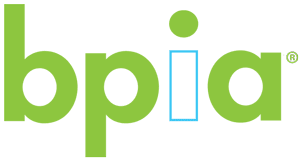Last week, the BPIA USDA Subcommittee met with the Plant Protection and Quarantine (PPQ) Branch of APHIS. Topics ranged from details concerning the submission of PPQ field release permits to higher level topics such as the revision to 7 CFR 330. PPQ voiced their main concern to be managing workload issues with the increase of applications for biological microorganism field studies. PPQ has asked that BPIA members contact them directly with application submission estimates anticipated for the 2017 field trial season, so PPQ can develop a plan for review. The Decision Tree for field release permits was reviewed and is available here. Updated regulations outlined in 7 CFR 330 will be open for the 60-day public comment period sometime in June or July. Other topics such as Letters of No Permit Required (LNPR) and Letters of No Jurisdiction (LNJ) were discussed as well as the Questionnaire for Field releases under 10 Acres which can be found here. Lastly, the development of a database for domestic distribution of microorganisms was discussed. PPQ is very interested in such a database and the USDA subcommittee has been tasked with outlining the inputs that may be included.
Also last week, the BPIA Plant Regulator Subcommittee met to discuss short and long term approaches for clarification of oversight of products that lead to increased plant vigor. Some of such products could be interpreted to fall under the very broad EPA definition of a plant regulator and therefore considered ‘pesticides’. Part of the day was spent with the industry’s Biostimulant Coalition (BC) to determine if there is alignment across BPIA and the BC. It was agreed that at a very high level, the goal of gaining clarification and providing consistency for oversight of these products is necessary. This message was delivered in a BPIA Plant Regulator Subcommittee meeting with the US EPA/Office of Pesticide Programs/Biological and Pollution Prevention Division on May 5th.
At the May 5th meeting, the primary focus of the BPIA/EPA discussion was the development of a guidance document that the Agency has been working toward to provide the clarity and consistency the industry is seeking. The Agency and the BPIA subcommittee have been reviewing product types, exclusion categories and claims to determine the best approach. EPA acknowledged that the effort is proving challenging and that guidance is unlikely to be completed by the end of their fiscal year (September 30) as originally intended. All agreed to continue to work toward clarification of oversight which will benefit stakeholders broadly, including EPA, the states, USDA and industry.


